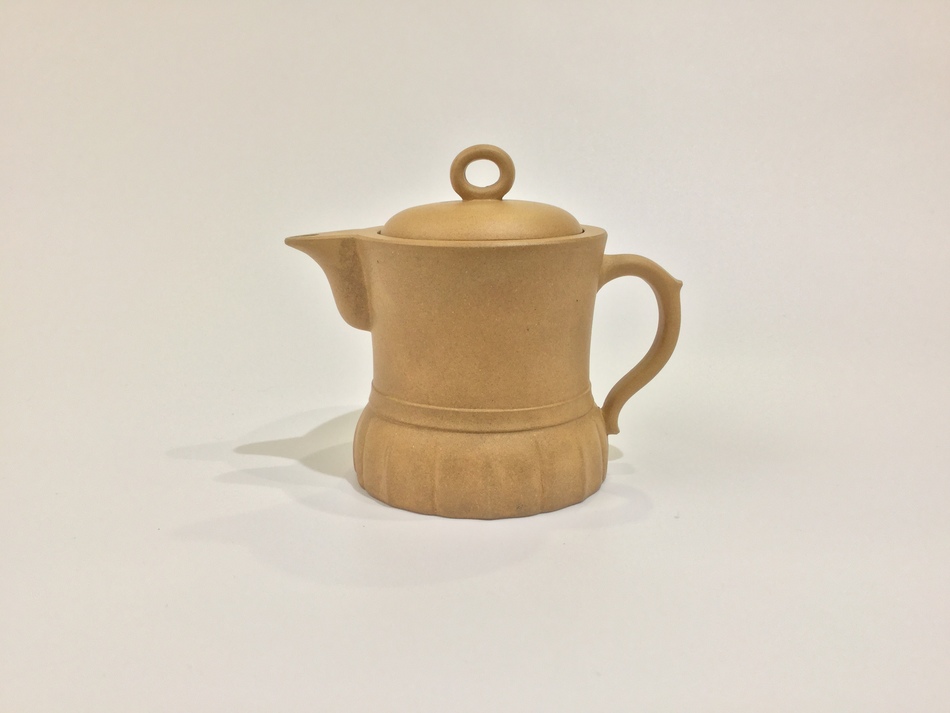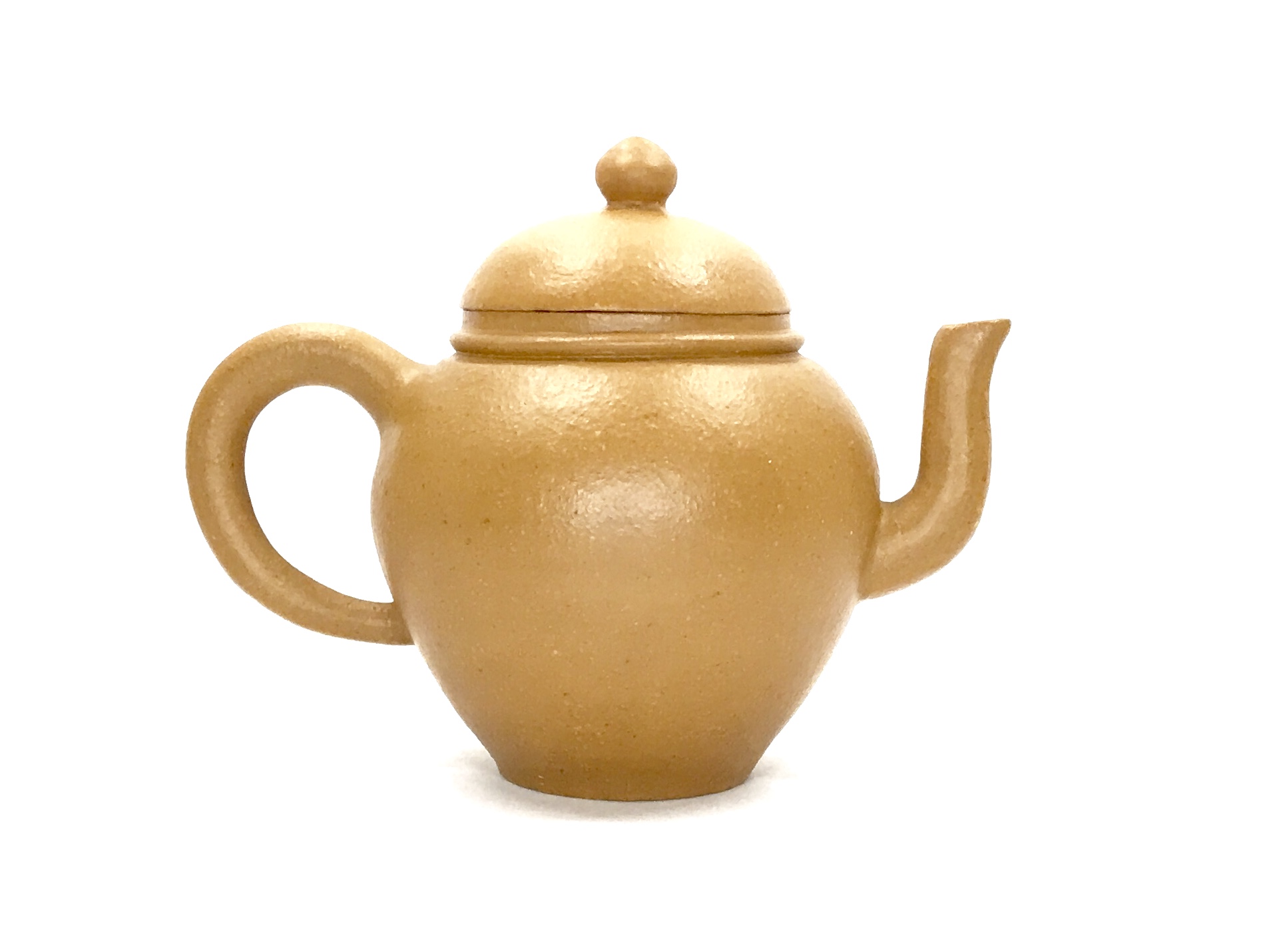Yixing
From what I see the premium for westerners is more true with modern or vintage Yixing than antiques. Antiques have their price full stop.
In the case of ZG I can confirm firsthand that the Asian prices are the same as for everyone else. There might be deals for long-standing customers but that is true in any business.
@Mark-S the tricky thing with “reputable” western facing sellers is that you need a lot experience in the first place to determine if they are. A lot of western customers is no guarantee... take tea: so many really awful teas are raved an talked about, all due to lack of comparison, ignorance and/or good marketing.
In the case of ZG I can confirm firsthand that the Asian prices are the same as for everyone else. There might be deals for long-standing customers but that is true in any business.
@Mark-S the tricky thing with “reputable” western facing sellers is that you need a lot experience in the first place to determine if they are. A lot of western customers is no guarantee... take tea: so many really awful teas are raved an talked about, all due to lack of comparison, ignorance and/or good marketing.
No shortcut for knowledge, just because it is a hobby doesn't mean it is an easy task. Quite the opposite – think of it more like studying art history. You wouldn't expect to learn everything about say the furniture of the Renaissance in depth in a couple of months, would you?
Or you pay someone to teach you. Some antique dealers will only teach you a little bit when you buy their items. Usually those who know won't do it for free/or just to anyone. It takes time to develop relationships, gain trust and earn the knowledge.
Energy in tea is a vague and debatable concept(not saying it does not exist, just that it is not measurable or proven(yet)). What is a very real concern though when leaving the lid on, is to overcook the leaves. Of course one should not spend too much time in between infusions to avoid the temperature going down to fast. Fresh boiled water each infusion also goes a long way.Jules_Ludwig wrote: ↑Thu May 21, 2020 2:26 am2.) I always keep the lid on, no matter which tea I'm drinking. The energy of the tea should stay in the pot and of course I want to keep the temperature.
Some teas do also benefit of breaks. Brew three rounds, then let them sit for a couple of minutes, before starting again.
I would agree with most answers except 2. - if you are making shou puer or old sheng, lid on is ok, but with greener oolongs it is a recipe for spinach soup...Jules_Ludwig wrote: ↑Thu May 21, 2020 2:26 am1.) This depends on the size of the pot and the tea you wanna drink. If it comes to Pu-Erh, I find the best method not to overdose the tea to much. I think that the leaves are more able to get the benefits of the clay in that way.
For a 130ml pot I usually use 5gr. of tea. I can not tell it precisely though, because i don't use a scale anymore.
But once I had a wonderful Dancong which was heavily overdosed in a 100ml pot. So, it depends, as always...
2.) I always keep the lid on, no matter which tea I'm drinking. The energy of the tea should stay in the pot and of course I want to keep the temperature.
3.) You mean take care like maintain the pot? After using it, you should remove all the leaves and rinse it with hot water. That's basically it. Now is also the perfect time to keep the lid off the pot, that it can dry nicely, which is very important to avoid mold.
@TeaTotalingTeaTotaling wrote: ↑Thu May 21, 2020 11:40 amAnyone use 80's Duanni for Shou or Red/Black Tea? Also, anyone familiar with functionality of this style of pot?

I have a few DuanNi pots dedicated to Aged Shou Puerh and this one is one of the most successful pot till date. Successful meaning it didn't stain ugly and brewed up a very nice cup of aged shou pureh. This is 80s DuanNi.
As for functionality of the pot, I have no idea. Never a fan of this type of pot design.
Cheers!
- Attachments
-
- IMG_4975.jpg (220.75 KiB) Viewed 12256 times
-
- IMG_4974.jpg (218.07 KiB) Viewed 12256 times
The tea world is getting smaller.... but the abyss is getting deeper as well with many high quality fakery floating in the market due to high demand and very limited supply. Logically speaking.... there can't be an abundant supply of high grade antiques that are collection worthy in perfect condition floating in mass markets. Many would have been snapped up by private collectors who are paying a high premium just to have them in their showcase.Teachronicles wrote: ↑Thu May 21, 2020 5:39 pmWe are small fish in the world of Chinese tea and teaware.
Sad but true. I have collector friends who are paying USD100,000 just for a pot by a grandmaster.
Cheers!
@Mark-SMark-S wrote: ↑Thu May 21, 2020 6:22 pm
I think your statement is true... at least sometimes. I'll give you an example:
I purchased a plate lately from a Japanese seller. A reputable Asian seller who has mainly Western customers sold the same plate for more than 200% of the price I paid. My plate is also genuine (I asked experts), undamaged and from the same era. Unfortunately, it's not that easy to get Yixing ware authenticated (for free).
I don't have a problem with "premium prices" as long as they don't want 500% or something like that for the same item. In most cases I am just happy to have found the item after all.
Prices of antique collectibles are extremely volatile. There are a few factors that influences the price in a very drastic manner. Keeping in mind, collectors don't only look at age, but also at aesthetics, artwork, dynamics of each brush stroke, strength of the lines, symmetry and many other more artistic attributes of the piece.
For example, I can find 2 green label ZiSha shuiping teapot. But amongst the collector's circle here in Asia, perfection in condition and workmanship, clay and artistic strength plays a very important role in the final price. Both can be from the exact era and factory, but prices can be 5 times apart. Pots like these rarely find it's way to western facing online stores. Most of them exchange hands in private among collectors.
At the end of the day, like what I've always said.... have an end in mind. Set our own criteria in mind and if the piece of antiquity fits our criteria, then it's a good buy. If unsure.... it's better to give it a skip. I have skipped many ROC pots in my early days mainly due to lack of knowledge.
Cheers!
-
Jules_Ludwig
- Posts: 31
- Joined: Tue May 19, 2020 3:24 am
- Location: Germany
There is truth in what you're saying, for sure. Especially the overcooking point might be relevant for certain kinds of tea.Bok wrote: ↑Thu May 21, 2020 9:02 pmEnergy in tea is a vague and debatable concept(not saying it does not exist, just that it is not measurable or proven(yet)). What is a very real concern though when leaving the lid on, is to overcook the leaves. Of course one should not spend too much time in between infusions to avoid the temperature going down to fast. Fresh boiled water each infusion also goes a long way.Jules_Ludwig wrote: ↑Thu May 21, 2020 2:26 am2.) I always keep the lid on, no matter which tea I'm drinking. The energy of the tea should stay in the pot and of course I want to keep the temperature.
Some teas do also benefit of breaks. Brew three rounds, then let them sit for a couple of minutes, before starting again.
As I am drinking Pu-Erh in 90% of the cases I don't think it's to big of a problem, though.
I lift the lid usually after each brewing for a few moments to smell and look at the leaves, which allows a lot of temperature to fade away, anyway.
I won't start any discussion about the "energy in tea" topic.
Oh been there, done that, it was bitter and stayed on the tongue for a very long time. It tastes like spinach that stayed on the stove for a couple days
Golden stuff!OCTO wrote: ↑Fri May 22, 2020 1:11 amTeaTotalingTeaTotaling wrote: ↑Thu May 21, 2020 11:40 amAnyone use 80's Duanni for Shou or Red/Black Tea? Also, anyone familiar with functionality of this style of pot?

I have a few DuanNi pots dedicated to Aged Shou Puerh and this one is one of the most successful pot till date. Successful meaning it didn't stain ugly and brewed up a very nice cup of aged shou pureh. This is 80s DuanNi.
As for functionality of the pot, I have no idea. Never a fan of this type of pot design.
Cheers!

Agree, the pot in question does not look like a practical design.
Looks like a variation, modification of the classic Monk Hat design made by Shi Da Bin.Bok wrote: ↑Fri May 22, 2020 3:44 amGolden stuff!OCTO wrote: ↑Fri May 22, 2020 1:11 amTeaTotalingTeaTotaling wrote: ↑Thu May 21, 2020 11:40 amAnyone use 80's Duanni for Shou or Red/Black Tea? Also, anyone familiar with functionality of this style of pot?

I have a few DuanNi pots dedicated to Aged Shou Puerh and this one is one of the most successful pot till date. Successful meaning it didn't stain ugly and brewed up a very nice cup of aged shou pureh. This is 80s DuanNi.
As for functionality of the pot, I have no idea. Never a fan of this type of pot design.
Cheers!

Agree, the pot in question does not look like a practical design.
